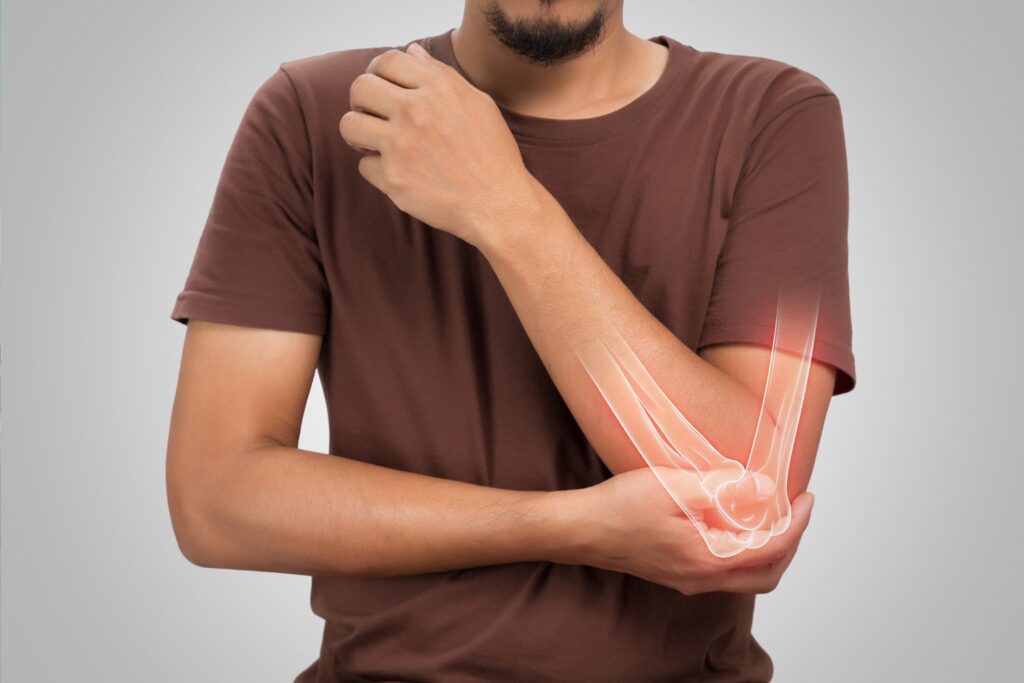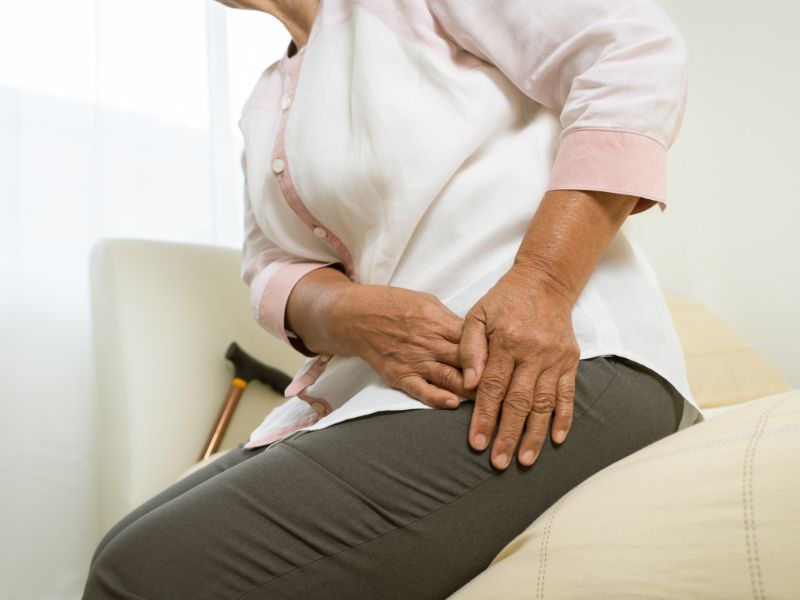
Epicondylitis, a painful condition that affects the elbow, is a common pathology among many people. It is often associated with repetitive activities and excessive elbow movements. In this medical article, we will explore the factors, causes, symptoms, methods of detection and treatments.
Risk factors
Anyone can develop epicondylitis, but certain factors increase the risk of developing it. Individuals who engage in activities involving repetitive elbow movements, such as tennis or golf, are more likely to suffer from this condition. In addition, age, gender, and genetic predisposition may also play a role in the development of epicondylitis.
Causes of epicondylitis
This condition is mainly caused by overuse of the muscles and tendons that attach to the epicondyle, a small bony protrusion at the end of the elbow. This overuse causes micro-tears in the tendons, which triggers pain and inflammation.
Symptoms
The symptoms of epicondylitis can vary in intensity, but typically include pain on the outside of the elbow. This pain can radiate up or down the arm. Patients with epicondylitis often experience increased pain when gripping or twisting the hand, which can make everyday activities difficult.
Diagnosis of epicondylitis
The diagnosis is usually based on the patient’s symptoms and a physical examination by a healthcare professional. In some cases, X-rays or ultrasounds may be used to rule out other possible causes of elbow pain.
To get a better view of the pathology, click on the following link to access radiological images.
Treatment
Treatment of epicondylitis aims to relieve pain, reduce inflammation, and promote tendon healing. There are several approaches to treating this condition, including:
- Rest : Rest is essential to allow tendons to heal. Avoiding activities that excessively stress the elbow is often recommended.
- Physical therapy : Physical therapy can help strengthen arm muscles and improve flexibility, which can reduce pain.
- Bracing : Special braces, such as epicondylitis bands, can help relieve tendon tension.
- Medication : Anti-inflammatory drugs or corticosteroid injections may be prescribed to reduce inflammation and relieve pain.
- Surgery : In severe cases that are resistant to treatment, surgery may be necessary to repair damaged tendons.
It is essential to consult a healthcare professional for an accurate diagnosis and appropriate treatment plan if this condition is suspected.
In conclusion, epicondylitis is a common elbow condition that can be painful and disabling. Understanding the risk factors, causes, symptoms, detection methods, and treatment options is essential for effective management of this condition. It is important to consult a healthcare professional for an accurate diagnosis and appropriate treatment in the event of persistent elbow pain.




